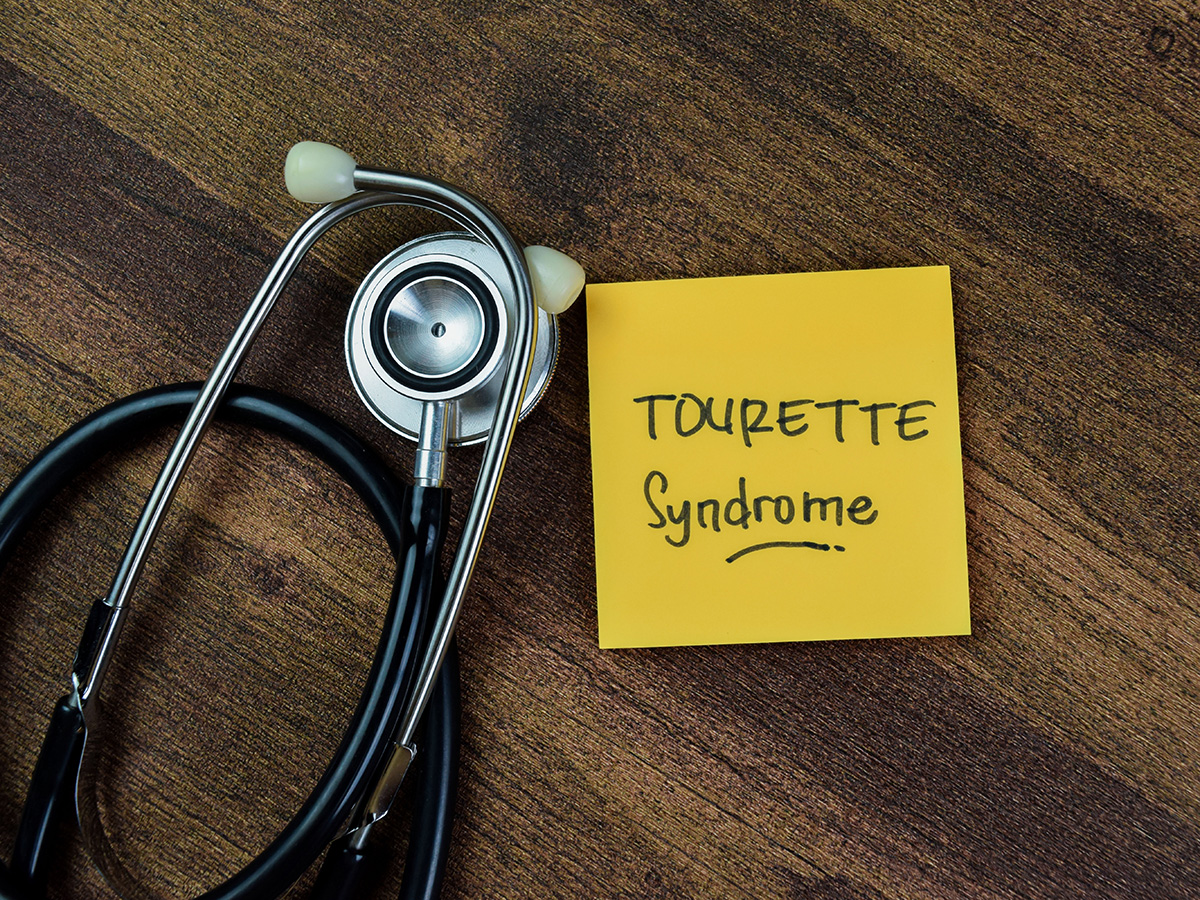 Tourette syndrome often begins in childhood. But for many patients, its challenges and care needs continue into adulthood. From early recognition and behavioral interventions to managing transitions and overcoming adult treatment barriers, TS demands a comprehensive, lifespan approach. Neurologists at the University of Alabama at Birmingham Marnix E. Heersink School of Medicine are targeting and addressing these needs through a collaborative model that supports patients from childhood through adulthood.
Tourette syndrome often begins in childhood. But for many patients, its challenges and care needs continue into adulthood. From early recognition and behavioral interventions to managing transitions and overcoming adult treatment barriers, TS demands a comprehensive, lifespan approach. Neurologists at the University of Alabama at Birmingham Marnix E. Heersink School of Medicine are targeting and addressing these needs through a collaborative model that supports patients from childhood through adulthood.
Diagnosis and parental concerns
TS symptoms typically begin between the ages of 4 and 7. These symptoms present in the form of tics, or sudden, rapid, repetitive, nonrhythmic movements or sounds that a person makes involuntarily. These often start subtly, such as blinking, eye rolling, sniffing, coughing or throat clearing.
“It is not unusual for a child to have seen an eye doctor or a pulmonologist before neurology is even considered,” said Emily Gantz, D.O., assistant professor in the UAB Division of Pediatric Neurology.
The diagnostic criteria for TS include four components:
- The onset of tics must occur during childhood.
- There must be at least two motor tics.
- There must be at least one vocal tic.
- The tics must be present for more than a year — though not necessarily continuously.
Parental misunderstandings are a common response neurologists encounter when a child is diagnosed with TS.
“Parents often think that a child must have a specific kind of tic, like yelling or shouting, to have TS,” Gantz said. “They may believe it is caused by a concussion, an infection or a medication; however, TS is a genetic condition.”
TS is not a degenerative condition of the brain, meaning there is not a decay or decline in organ function. This can be another initial misconception for parents of children who are diagnosed.
Social factors are another primary concern, as parents begin fearing their child will stand out, be made fun of or be seen as different.
Non-medicinal treatment
Comprehensive Behavioral Intervention for Tics (CBIT) is a specialized therapy designed to help children learn strategies to suppress or manage their tics if they choose to do so.
Leon S. Dure, M.D., professor, William Bew White, Jr. Endowed Chair, and director of the UAB Division of Pediatric Neurology, says while not a cure, the program and therapy provide children with tools to help them.
“CBIT is the first-line treatment for tics, and because of our CBIT program, we have the unique opportunity to avoid the use of medications in many children with tics,” Dure said.
Thanks to Dure’s leadership, the UAB Pediatric Neurology Movement Disorders Clinic at Children’s of Alabama offers CBIT therapy. Founded by Dure in 1994, the clinic has been a focal point for pediatric movement disorder care in the South.
Navigating the transition to adult care
While many children experience a significant reduction in tics over time, not all cases resolve by adolescence. For some, TS may continue into adulthood, often requiring a transition and need for adult care methods and a shift in strategies.
TS symptoms are most severe during childhood. Therefore, symptoms can vary over one’s lifespan, meaning effectiveness of treatments may change as someone ages.
“For adults who were diagnosed with TS as children, it is important to review treatments that were tried when they were a child and during adulthood,” said Marissa Dean, M.D., associate professor in the UAB Department of Neurology. “Identifying which treatments were effective in childhood can assist in planning treatment during adulthood.”
Dean says co-occurring conditions, often present since childhood, play a key role in managing the disorder over time.
Unlike in pediatric care, where CBIT is often the first line of treatment, adults with TS may find medication a more practical option. Unfortunately, gaps in care can emerge after patients leave pediatric services, especially when it comes to therapy access, including, time and schedule constraints, and insurance coverage.
“It is more challenging to coordinate non-medication treatment like CBIT due to busy work schedules and/or family obligations,” Dean said. “That’s why medication-based treatments may be used more often when compared to the approach to treatment of childhood TS.”
At UAB, pediatric and adult movement disorders neurologists have a collaborative relationship in order to ensure a smooth handoff from pediatric to adult care when the decision is made.